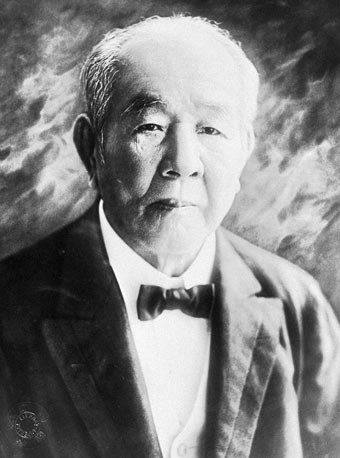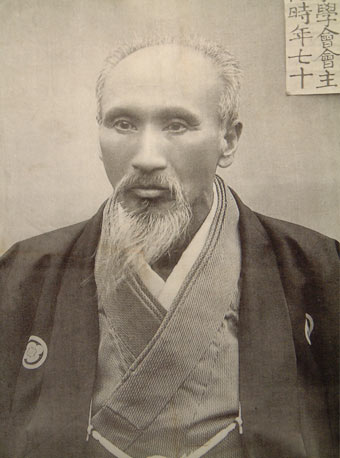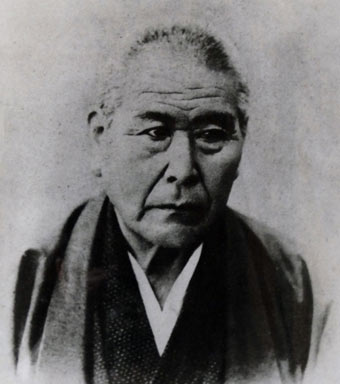In order to establish a modern state, the Meiji government made plans in 1870 to construct a full-scale mechanized silk mill by introducing advanced technology from western Europe based on its policy of encouraging new industry. At the time, raw silk was in high demand for trade, and it was an important export item for acquiring foreign currency. In 1872, the government established the Tomioka Silk Mill, a government-run model silk milling factory, for the purpose of disseminating throughout Japan mechanized silk-milling techniques enabling the mass-production of high-quality raw silk.
To construct the factory, engineers from France, a leading country in mechanized silk milling, were invited to provide technical guidance. Female workers known as “factory girls” were recruited from throughout the country to disseminate the techniques.
After operations commenced, mechanized silk mills modeled after the Tomioka Silk Mill were built in every region of Japan. Some of the “factory girls” who had learned silk milling techniques at Tomioka Silk Mill were active as instructors at mechanized silk milling factories established in their hometowns.
Even after privatization in 1893, Tomioka Silk Mill remained in continuous operation as a silk milling factory. Management changed hands from the Mitsui family to Hara GMK, then to Katakura Seishi Boseki until the mill finally ceased operations in 1987.
The automatic silk reeling machines in use until the factory ceased operations are still preserved today, just as they were, and the buildings remain in almost the same condition as when the factory started operations. The history of operations at Tomioka Silk Mill is symbolic of the development of silk milling in modern Japan. The main buildings feature a type of construction with wooden frames and brick walls. This technique was introduced at Yokosuka Steelworks through cooperation with the French Navy during the late Tokugawa shogunate. Tomioka Silk Mill was constructed primarily with locally-procured materials and built by Japanese carpenters with guidance by French engineers.
Also remaining are valuable production facilities from the early Meiji era, such as a massive steel water tank for storing the large amount of water required for silk milling and underground stacked-brick sewerage ducts.
Tomioka, Tomioka City Gunma Prefecture Tomioka 1-1【Google Maps】
09: 00 - 17: 00 (last entry 16:30)
※ Extend the opening time during the summer vacation period.
○ Extension period: Saturday, July 16, 28 - Wednesday, August 31,
○ Opening hours: 08: 30 - 17: 30 (final entry 17: 00)
Year-end (December 29 - 31)
On-premises general information center and shop
(Machizukuri Tomioka Co., Ltd.)
TEL: 0274-67-0075
Days closed: End of year
Business hours: 8:30 am–5:00 pm
http://www.tomioka-silk.jp/tomioka-silk-mill/

Also known as the "father of Japanese capitalism," Shibusawa was involved in establishing and managing various companies including the First National Bank and the Tokyo Stock Exchange.

Odaka was Eiichi Shibusawa's brother-in-law (the elder brother of Eiichi's wife, Chiyo). He founded the Odaka Academy, and taught Eiichi the Analects of Confucius.

Odaka, who was in charge of constructing the Tomioka Silk Mill, entrusted procurement of construction materials to Nirazuka. Nirazuka relocated to Tomioka, leaving his family behind, to assume his duties including brick manufacturing.